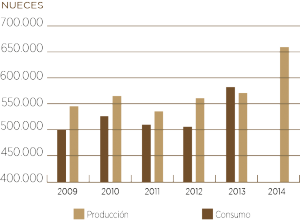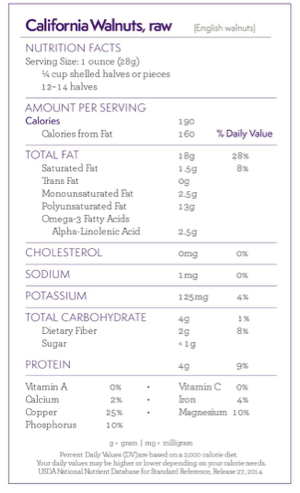Walnuts
Walnut trees require deep, well-drained soils. Walnut plantations can be found in practically all countries between the 10th and 50th parallels north, although the best ones are mainly between the 35th and 45th parallels north, in areas with specific weather conditions. As with almonds, walnuts were first brought to California by the Spanish around 1700. Although there are lots of varieties on the market with different yields and different responses to soil and weather conditions, the most popular varieties are Howard, Chandler and Hartley. In Spain, walnut trees begin to flower between the second half of March and April. After fertilisation and fruit set, walnuts start to grow until early July, when the shell and kernel begin to form. Harvest takes place between the second half of September and October. Once harvested, the walnuts are stored until they are sold, which is highly seasonal: most walnuts are sold in autumn and winter. Nevertheless, there is a steady increase in all-year-round consumption. [/text_output][/container]




